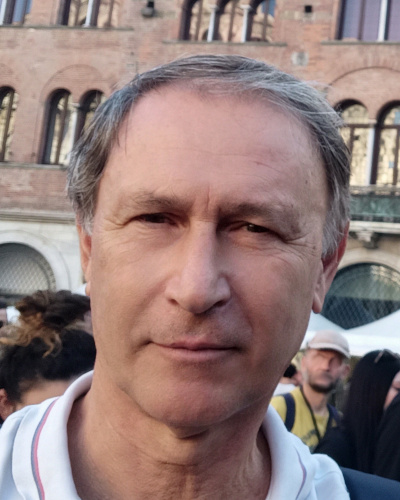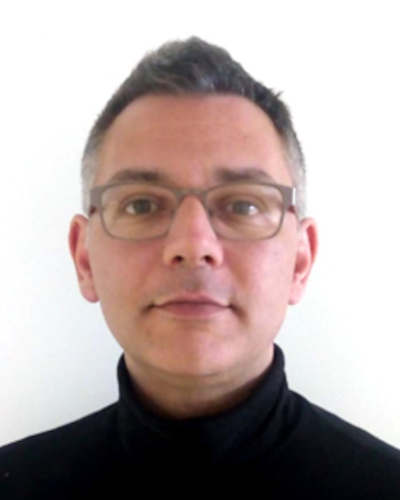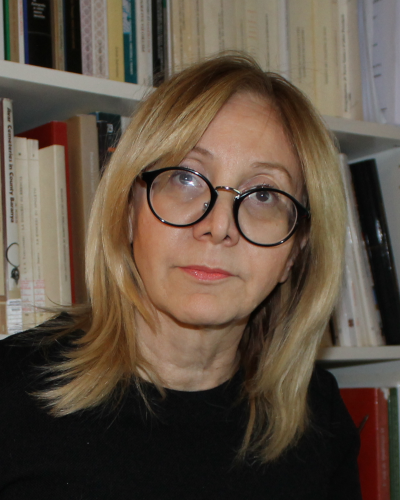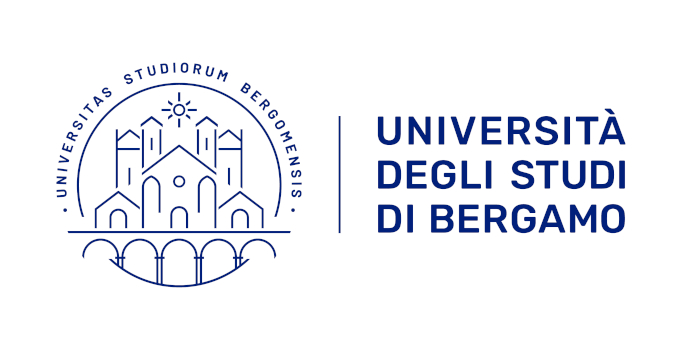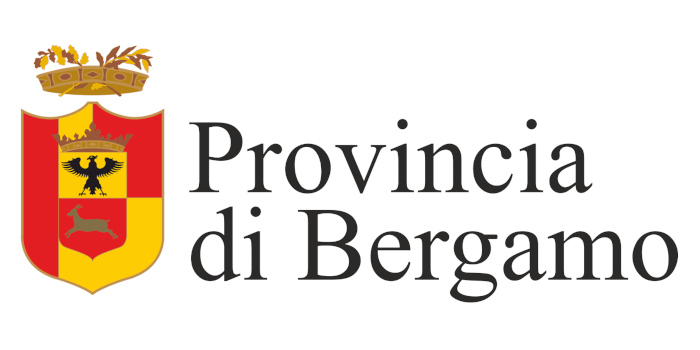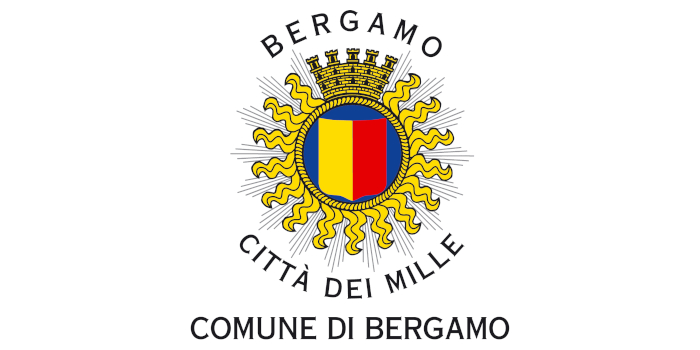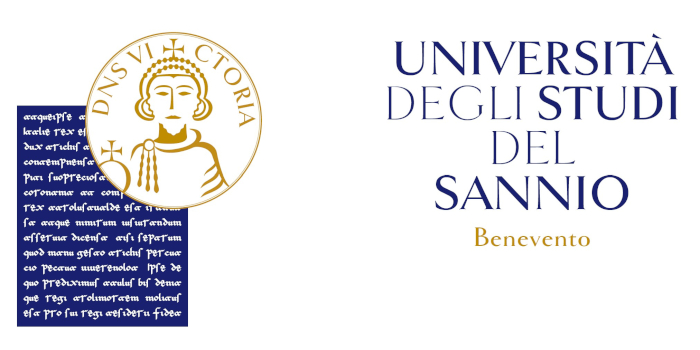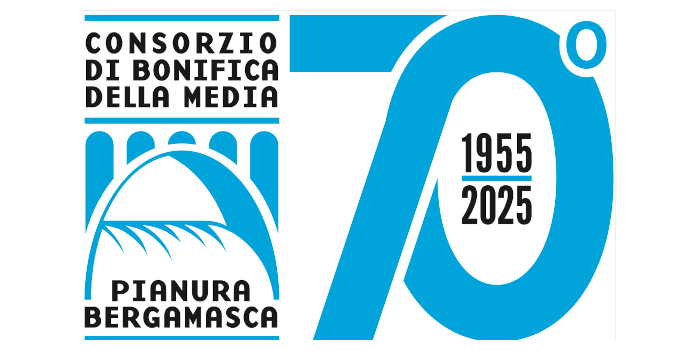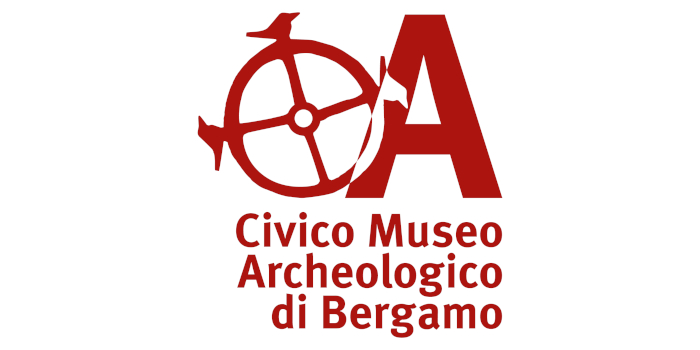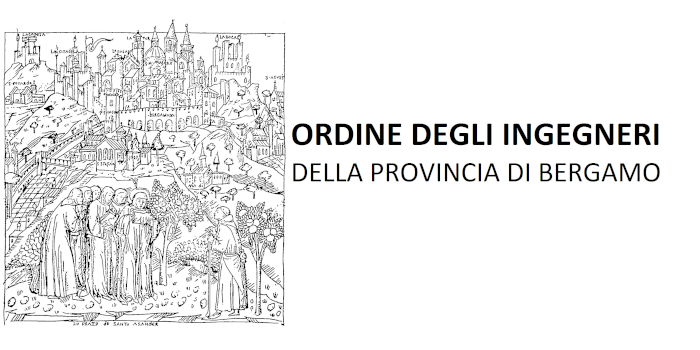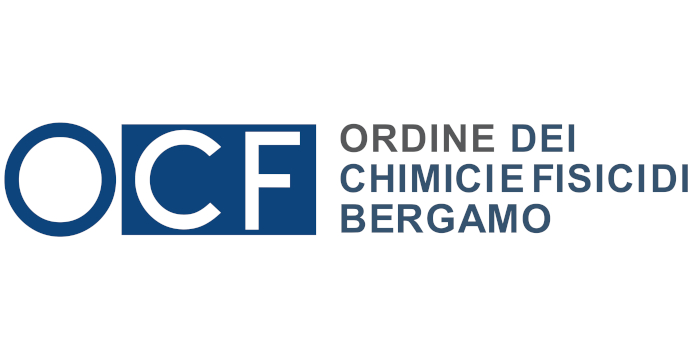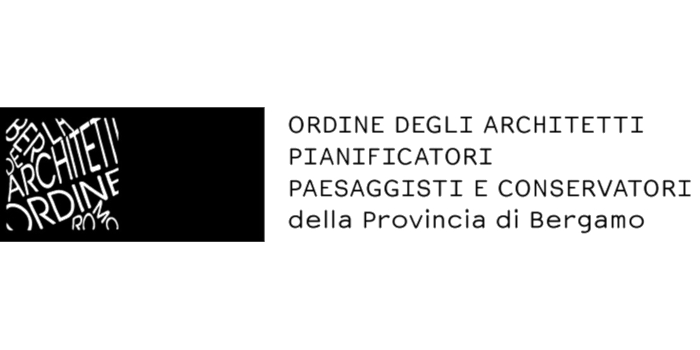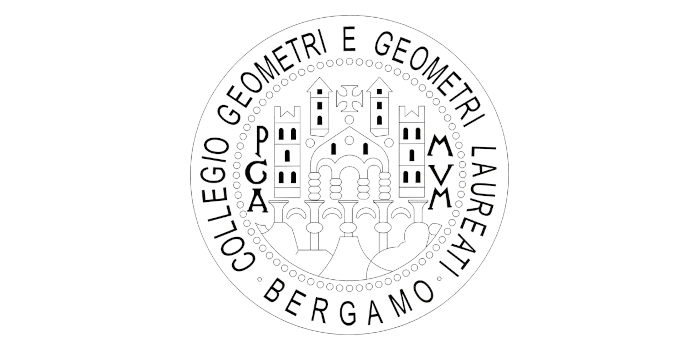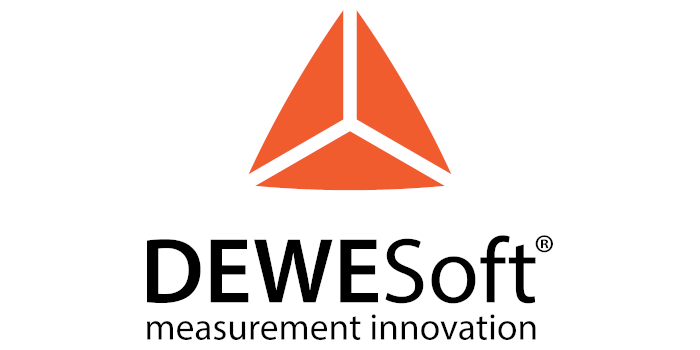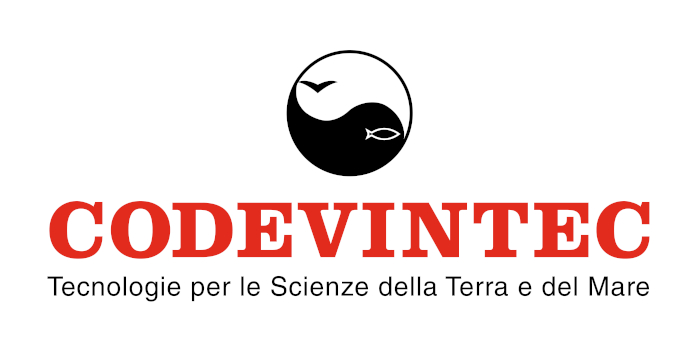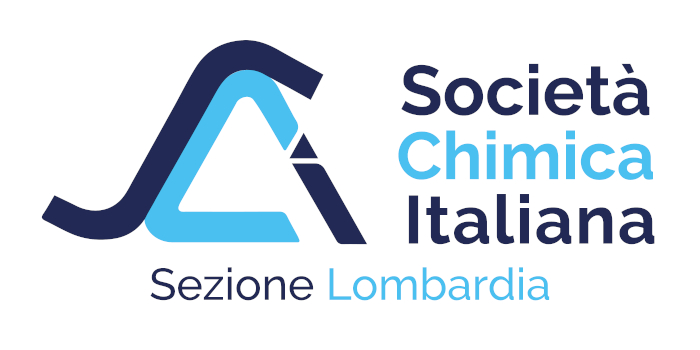SPECIAL SESSION #2
Vibroacoustic metrological characterization for archaeology and cultural heritage
ORGANIZED BY
Fabrizio Barone
University of Salerno, Department of Medicine, Surgery and Dentistry "Scuola Medica Salernitana", Italy
Marco Casazza
University of Salerno, Department of Medicine, Surgery and Dentistry "Scuola Medica Salernitana", Italy
Rosa Fiorillo
University of Salerno, Department of Cultural Heritage Sciences, Italy
ABSTRACT
The interpretation of cultural heritage has largely changed over the years, evolving toward a multi-disciplinary integration of material and immaterial dimensions of the assets, synthesis of archaeological, historical, cultural, architectural and environmental aspects. This modern vision is opening new ways in understanding heritage assets’ contribution at shaping historical place-related identity based on the urban morphology, architectural styles, building techniques and environmental scenarios.
Within this framework, the concept of mechanical forcing is also evolving towards an integrated multidisciplinary vision. This synthesis of vibration and acoustic forcings, spanning from earth vibrations (seismic noise), wind blows (acoustic noise), water flows (vibration and acoustic noises), etc., generated by or transmitted through material or immaterial artifacts, such as ground, air, structures, theatrical and musical performances, human voices. These material and immaterial experiences, characteristic of each space and evolving over time, identify the fingerprint of the asset in the vibro-acoustic dimension.
In the wake of this modern cultural heritage interpretation, the vibro-acoustic field, overcoming also the artificial division of vibrations and acoustic fields in frequency bands, is opening a new space for discussing and interpreting archeology and cultural heritage on a new comprehensive, multi-disciplinary and metrological vibro-acoustic basis.
This special session wishes to be a space for encounter of and discussion of different disciplinary aspects and research experiences, aimed at producing a better understanding of needs, current evidence, material and immaterial interpretations and future perspectives in archaeology and cultural heritage with the support of a vibro-acoustic view.
TOPICS
Topics include, but are not limited to:
- Innovative sensors for vibroacoustic monitoring of cultural heritage assets;
- Innovative systems for vibroacoustic monitoring cultural heritage assets;
- Data analysis methodologies and techniques for vibroacoustic characterization of heritage assets;
- Indicators of vibroacoustic quality for specific heritage assets: public spaces; religious spaces; theatres and other performing spaces; musical instruments;
- Vibroacoustic landscape characterization for archaeological and other heritage sites;
- Vibroacoustic experimental and theoretical methods for understanding and interpreting archaeological and historical evidence;
- Vibroacoustic modeling in the context of material and immaterial cultural heritage assets;
- Vibroacoustic methods for the assessment of the preservation state or damages of heritage assets;
- Integration of hard and soft metrology in vibroacoustics applied to cultural heritage.
ABOUT THE ORGANIZERS
Fabrizio Barone Graduated with honors in Electronic Engineering, PhD in Physics. Full Professor of Applied Physics at the Department of Medicine, Surgery and Dentistry "Scuola Medica Salernitana" of the University of Salerno, founder and scientific coordinator of the Applied Physics Group. Prof. Barone research and development activity is oriented towards the study of theoretical and experimental methods in applied physics. In this context, his multidisciplinary research focuses on the development of advanced sensors, innovative methodologies and adaptive systems for scientific, health and cultural heritage applications, with a scientific production of more than 600 papers in international refereed journals and in proceedings of international conferences.
His research activity in physics, developed over more than 30 years both in the field of basic and applied research, has also seen him propose and participate in large international scientific projects, like the interferometric gravitational wave detector VIRGO, that allowed him obtaining scientific results of undisputed scientific value, such as the first detection of gravitational waves and the first detection of black holes. For these discoveries, prof. Barone received several awards, among which the Special Breakthrough Prize in Fundamental Physics 2016 and the Grüber Prize for Cosmology 2016, together with his colleagues.
Recently, part of the research activity of Prof. Barone has been addressed in the multidisciplinary context of cultural heritage, with the introduction of an innovative approach to the vibro-acoustics field interpreted as synthesis of classic vibration and acoustic fields, that, overcoming their classic division in frequency bands, is leading to the proposition of innovative material and immaterial metrological models in the archaeology field.
Marco Casazza Graduated in physics; post-graduate diploma in health physics; PhD in Environment, Resources and Sustainable Development. Assistant Professor in Applied Physics at the Department of Medicine, Surgery and Dentistry “Scuola Medica Salernitana”, University of Salerno (Italy). As a visiting scholar, he worked at the Department of Chemical Engineering, Division of Energy Process at KTH (Stockholm, Sweden) (March – May 2015), and, as foreign expert, at the School of Environment, Beijing Normal University (Beijing).
Marco Casazza research activity is focused on the design and implementation of multi-dimensional multi-parametric measurements, applied to different contexts, including environmental physics (especially air quality and hydrogeology) and of tangible and intangible cultural heritage (vibro-acoustics applied to urban and rural landscape; heritage structures and infrastructures; musical instruments characterization) and ecology. This experimental area of research is complemented by the development and application of theoretical methods in the domain of physics applied to the environment, medicine and biology. In particular, Marco Casazza research is focused on the representation and quantification of dynamics involving material (i.e.: mass, energy, information) flows.
Marco Casazza was involved in several research projects, funded by European Union, the European Space Agency, the Italian Ministry of University and Research, and the Italian Ministry of Foreign Affairs and International Cooperation. As a result of his research activities, in year 2017 he received the WEGE Prize finalist team award (Grand Rapids, MI, USA), “for the search of innovative solutions to wicked problems in the environmental field”. Marco Casazza covers the position of associate editor for the journals "Frontiers in Environmental Science", Remote Sensing and Environmental Informatics section, and the journal “Frontiers in Sustainable Cities”, Urban Resource Management section. In addition, he is a member of the Editorial Board of "Environmental and Sustainability Indicators" (ELSEVIER).
Rosa Fiorillo Associate Professor of Christian and Medieval Archeology at the Department of Cultural Heritage Sciences (DISPAC) of the University of Salerno. Rosa Fiorillo took part in several national and international research projects on urban and land use transformations between late antiquity and the early Middle Ages, focusing on the archeology of medieval settlements and castles, as well as on archaeological materials, with special regard to ceramic and glass artefacts. She also worked on nutrition studies linked to archaeozoology and on the study of human skeletal finds. Between 2014 and 2016 she participated in the SNECS and CHIS projects within the High-tech District for Cultural Heritage, focused on San Pietro a Corte and Palazzo Fruscione in Salerno.
Rosa Fiorillo is the scientific director for the archaeological excavations of the Roman villa of Rota (Mercato San Severino, Italy) and of the hypogeum of the Longobard palatine chapel of Arechi II (Salerno, Italy), while engaged also in an interdisciplinary project on the study of the late ancient and medieval phases of the city of Paestum. With the University of Angers and the Service Archeologique Departemental du Maine et Loire, Rosa Fiorillo is involved in the study of mortars, used in sampled high and low medieval buildings, to clarify the evolution of construction methods between the 7th and 15th Centuries in Southern Campania.
Rosa Fiorillo is member of the ICOMOS Italy board of directors and member of the scientific committee of the European University Center of Ravello (SA). Finally, Rosa Fiorillo is member of the Society of Italian Medieval Archaeologists and of the Neapolitan Society of Homeland History.


